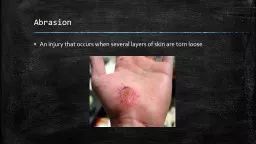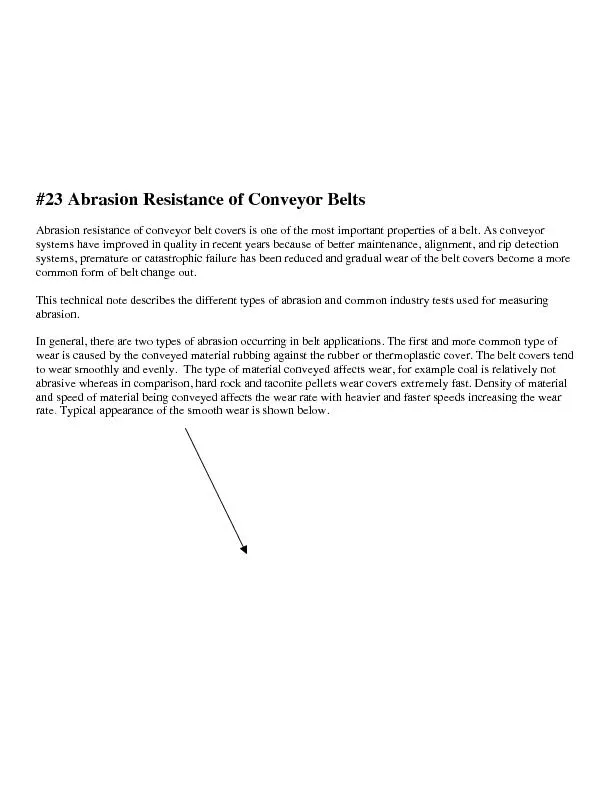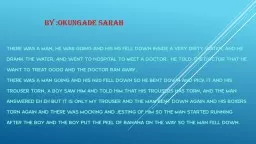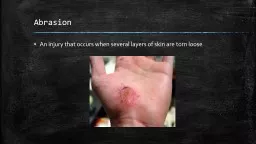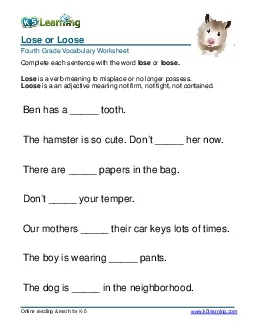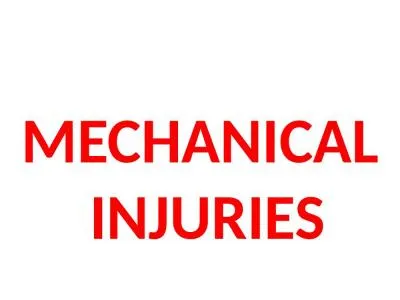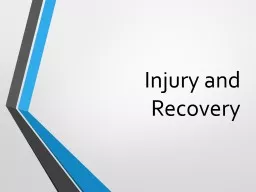PPT-Abrasion An injury that occurs when several layers of skin are torn loose
Author : joedanone | Published Date : 2020-06-17
Assessment Collection of objective and subjective data on a patients health status Atrophy Weakness and wasting away of muscle tissue Avulsion Injury in which
Presentation Embed Code
Download Presentation
Download Presentation The PPT/PDF document "Abrasion An injury that occurs when se..." is the property of its rightful owner. Permission is granted to download and print the materials on this website for personal, non-commercial use only, and to display it on your personal computer provided you do not modify the materials and that you retain all copyright notices contained in the materials. By downloading content from our website, you accept the terms of this agreement.
Abrasion An injury that occurs when several layers of skin are torn loose: Transcript
Download Rules Of Document
"Abrasion An injury that occurs when several layers of skin are torn loose"The content belongs to its owner. You may download and print it for personal use, without modification, and keep all copyright notices. By downloading, you agree to these terms.
Related Documents

